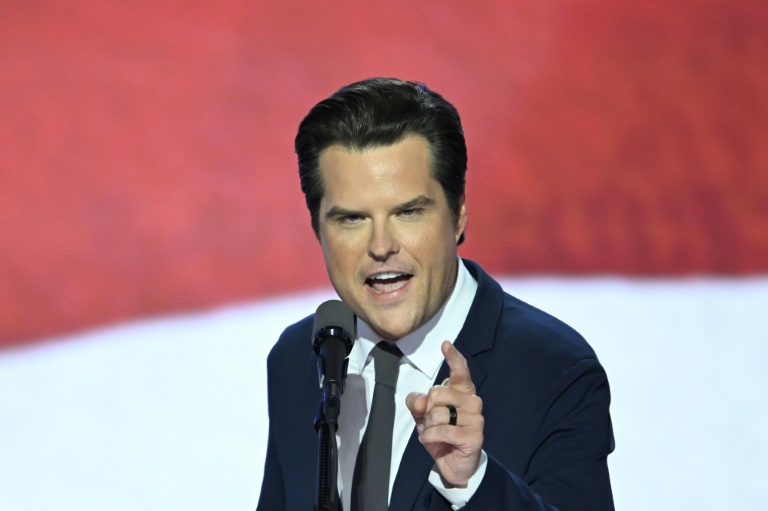The fact the Earth rotates on its axis wasn’t always the common knowledge that it is today. On Earth’s Rotation Day, observed every Jan. 8, we commemorate French physicist Leo Foucault’s ultimate demonstration of our planet’s movement.
After the long journey to prove that the Earth and the other planets revolve around the Sun, scientists turned their attention to proving that the Earth itself was rotating. The idea had become accepted by the 1800s, though it was still rather difficult to prove. And in 1851, Foucault beautifully demonstrated it with the help of what’s now famously known as the Foucault pendulum.
Essentially, Foucault proved the idea by suspending the lead-filled brass sphere from a 220-feet-long wire and letting it swing. The Foucault Pendulum “always swings in the same vertical plane,” Britannica explained. But as time passed, it slowly changed because of the Earth’s rotation, thereby demonstrating the planet’s movement.
One can see an example of how it works in the timelapse video below, which shows 2.5 hours of the Foucault pendulum swinging in just 30 seconds.
Today, people can celebrate the important moment in scientific history by visiting places that have a Foucault pendulum. The Houston Museum of Natural Science has one on display, for instance, and so do the California Academy of Sciences in San Francisco as well as the United Nations Head Quarters in New York City.
There’s even a life-sized replica of the original pendulum at the Pantheon in Paris, where the 1851 demonstration took place. But there are many museums in various parts of the world that have a Foucault Pendulum on display as well.
Those with children may also take this as a fun opportunity for them to learn by making a model of the solar system together, while others may throw an Earth’s Rotation Day Party wherein the guests can play various Earth-themed games or quizzes or even watch a documentary about it together.
Overall, the idea is to celebrate the discovery about our planet and perhaps learn more about Foucault, who actually studied medicine. Interestingly, his passion for physics led him to various achievements, such as his invention of an “extremely accurate” means to test telescopes for surface defects.
REUTERS/Ali Jarekji






